Last Friday (December 5, 2025), I filmed an extended discussion with my Kyoto University colleague,…
Kyoto Report No 5
This Tuesday report will provide some insights into life in Kyoto for a westerner in the age of Covid. Today we discuss food and music.
Special food treat in Kyoto
The other night I did 2.5 hours of filming discussing the future of Japan and other matters with a colleague at Kyoto University.
The edited footage will be edited and packaged for screening at a later date and I will be sure to advertise it when and where it will be available.
After the discussion, we had dinner which was supplied to the filming location by a local Zen Buddhist caterer in Kyoto that specialises in – Shojin Ryori cuisine – and prepares it in the traditional way.
The hosts know I am a strict vegetarian and ‘put on a show’ for me.
This cuisine developed in the temples in the C7th and was refined further in the C13th.
It not only eschews any meat products but also avoids the use of garlic and onion, which suits me as I am allergic to garlic.
The food is based on the so-called ‘rule of five’ which means that:
… every meal offers five colors (green, yellow, red, black, and white) as well as five flavors (sweet, sour, salty, bitter, and umami), which are drawn out naturally from the ingredients rather than added via additional flavorings.
There are also complex seasonal patterns in the choice of vegetables to provide warmth and cooling where appropriate.
Finally, the arrangements are very careful and all the parts of the vegetable that we would normally waste are used in accompanying soups etc.
A real treat in other words for those who are vegetarian and interested in sustainable eating.
Here is a photo of the table of serving trays that each of us received.
And a close up of my tray – beautifully presented and a real treat. It made the 2.5 hours of filming seem okay.
And I repeat my usual advocacy – if you claim to be environmentally aware and want to do something to save the planet then it is time to move to this type of diet and abandon all meat eating.
Even if you are not into animal rights – the climate reasons alone are sufficient.
Lock and Loll in Kyoto
What happens on a Saturday night in Kyoto when the work tools are put down?
We pick up some other work tools and play lock n loll of course – loud and brash.
And have fun!
First some linguistics.
I am getting to know my Japanese friends more and more, and, after all the formality and hierarchical (social) protocols are dispensed with and the bowing has stopped so we can look each other square in the eye, questions are asked.
Me: Why do Japanese people say ‘l’ when they mean ‘r’ when speaking English?
Japanese friend: Because our ‘r’ is sort of between the English ‘r’ and ‘l’ sound. We don’t have the English ‘r’ sound in our language.
Me: So this coming Saturday night?
Japanese friend: We will be playing some lock n loll.
This article from Scientific American (July 1, 2014) – How to Teach Old Ears New Tricks – is about cognition and why learning a foreign language is difficult for adults who have been listening to specific sounds for years.
And the principle applies to all languages not just Japanese or English.
I cannot tell the difference in Hindi, for example between the “four nearly identical sounding d‘s”
Anyway, on Saturday night the amps went up to 1970s volumes we played at when I was just starting out in bands – that is, loud.
If there was 11 on the amp dial we would have gone there.
Lots of overtone (nice word for distortion).
Punk body language.
And we locked.
I was the guest artist at one of the oldest and best live music venues – ‘live houses’ – in Kyoto last Saturday – the famous – Jittoku – in the Kamigyo Ward (not far West from the Imperial Garden and Palace complex).
It was an old sake brewery and the tables and chairs are recycled sake barrels.
Here is the view of the room from the stage (noting that since Covid they have erected plastic screens on all the tables and they restrict the number of people who can come in to a show).
For Saturday, I joined Kyoto band Kazuchika Misawa – with some of the best local players – for a night of lock n loll.
Here is the sign over the front door:
And here is the promotion for the night on the front door – very flattering really:
Warren Mosler is visiting us at present in Kyoto and he took this short footage.
We chose some old classics that most of us haven’t played in decades if ever and a friend loaned me his old Japanese built (which means good) Fender Telecaster.
I mainly use a – Fender Stratocaster – at home, which has more diversity I think, but the neck on the Tele is similar and the sound is definitely very bright and hot, particularly on the bridge pickup.
But I was grateful for the loan.
It was a great night.
I was very appreciative of the warm reception from my band members and the audience. A really informed (of music etc) audience for sure.
The promoter at Jittoku said that I can bring my Melbourne band to Japan next year for some shows. Not lock n loll but I will see.
Another week in Kyoto has passed.
Having a good time.
That is enough for today!
(c) Copyright 2022 William Mitchell. All Rights Reserved.
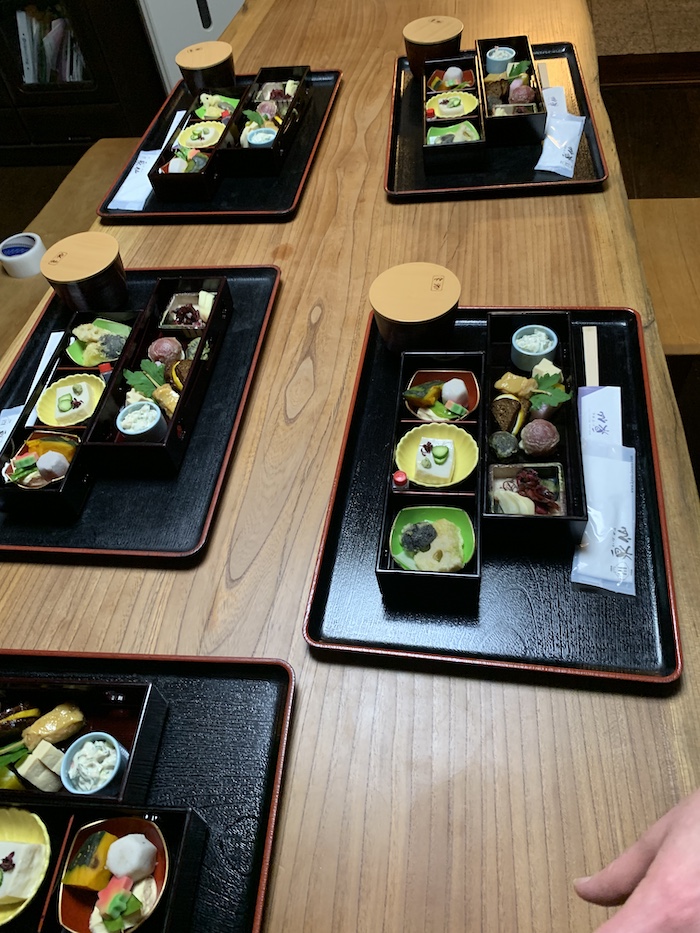
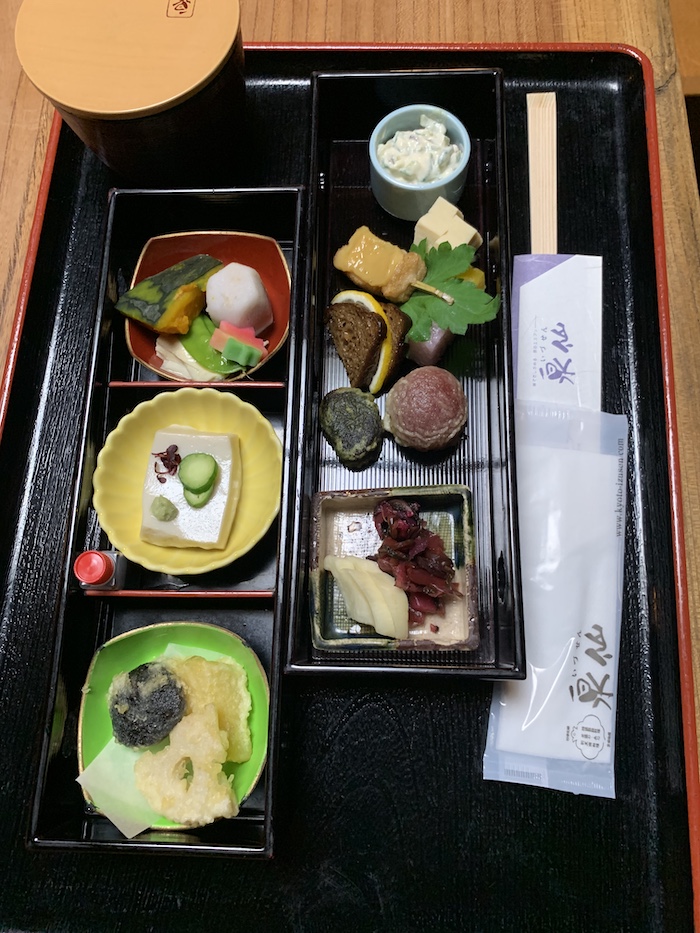
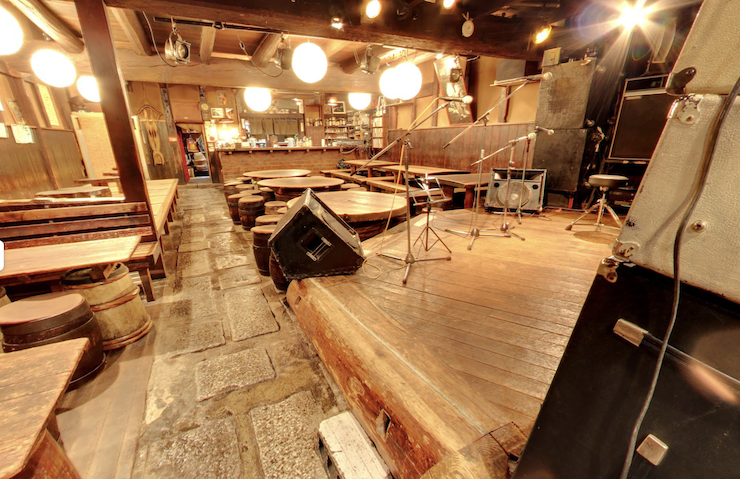
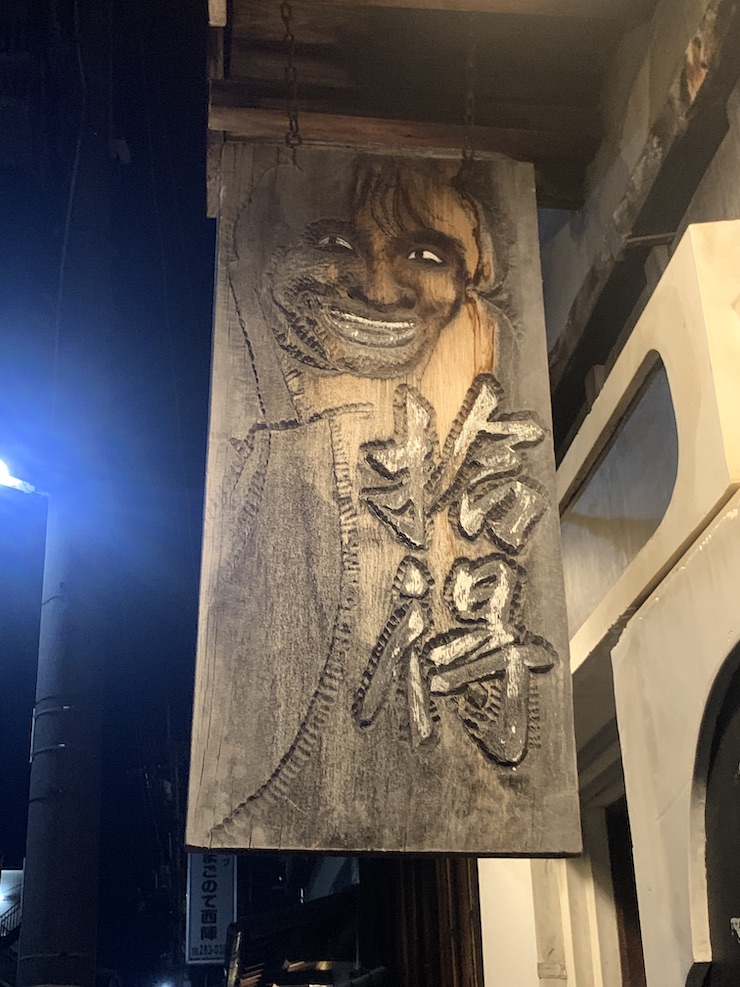
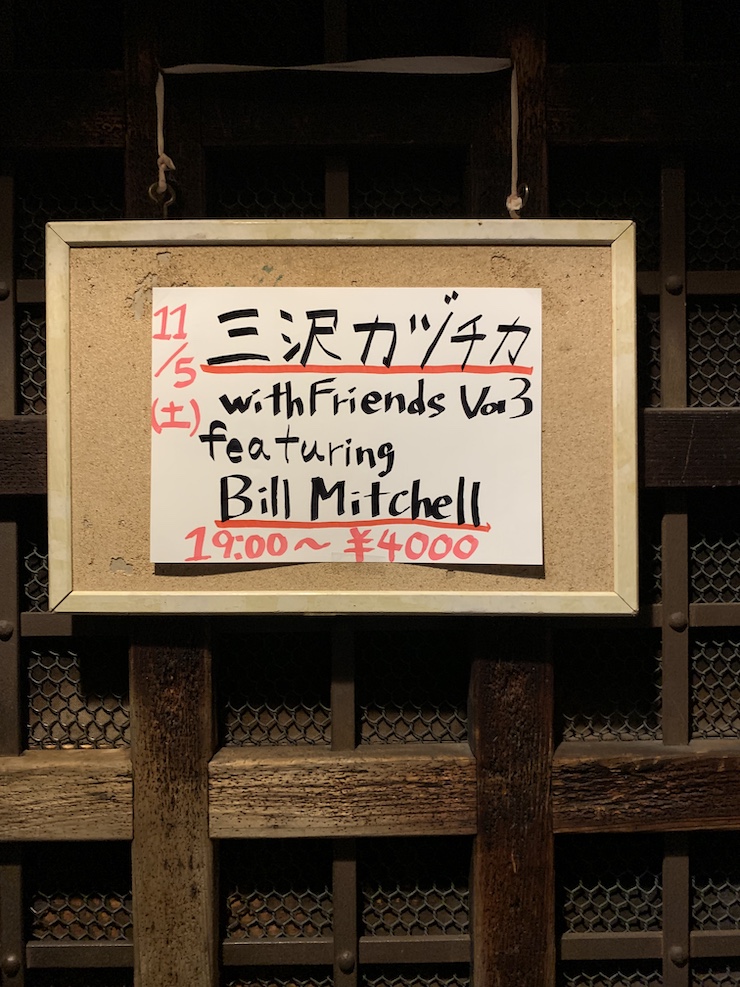
Hi Bill, I spent four years as a visiting scientist at the OECD Halden Reactor Project in Norway in which the Japanese also participated. Over that time I spent many happy hours socialising with Japanese physicists and shared an office with one. The morning greeting was always ‘Harro Lod’ which caused us both to smile which is a good way to start the day.
The lack of English r-l differentiation by Japanese is not innate . Experiments have shown that Japanese babies 6-8 months can differentiate but by 10-12 months they cannot. Search for “”Discrimination of English /r-l/ and /w-y/ by Japanese infants at 6-12 months: Language-specific developmental changes in speech perception abilities””
Such beautiful food. Aesthetic considerations pervade all facets of life in Japan. Everyday, simple life acts become artistic experiences. Helps to make life richer surely?
The set meal looks delicious. The individual dish presentations as well as the macro view of the tray is second to none. I can see that everything has been thought of for you, your taste as well as enjoyment.
However, I often observe one weak point of the Japanese vegetarian meal sets both at home and in Japan – the overall color-look and of the individual dishes is not quite up to par yet.
What I mean is that they are not appealing, mouthwatering, or appetizing (sorry for the creator of those meals but I hope they take it as a constructive comment).
This is one major weak point the industry has to work on!
If they could break through this barrier, the Japanese vegetarian meals would be as appealing as, say nice vegetarian pizzas or pasta dishes, so to speak.
Many people who eat vegetarians are not aiming for nirvana or denouncing the material world just yet.
For me, a sick kitten landed in my garden one morning during a heavy rain many seasons ago. I took her in and took care of her until now eleven years on.
Then, a thought came to my mind – if I feel pity for a creature the size of my hand, how could I eat other animals say chicken, pig or anything like that.
It does not make sense!
So I slowly turn vegetarian, mainly for that reason. But I still enjoy eating foods, so my wife and I bought many international vegetarian cuisine books, and there we live off those thousand delicious menus from around the world – Indian, Mediterranean, European, Chinese, Japanese, etc.
Any way, I am please to hear Warren Mosler is visiting. Have a great time!
By the way, another thought came to my mind, could you two do a show while you are there – on how or why the Japanese adopted the monetary policy that they have – the low interest rates, the bonds buying, the political mechanism that are involved, or needed such as the independence thing (or not quite so) and also the high standard of living and the stable economy as the outcomes. Thank you!!